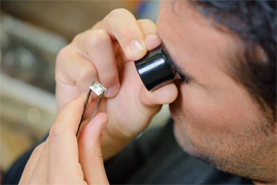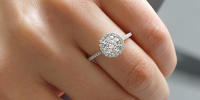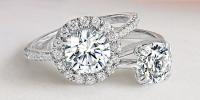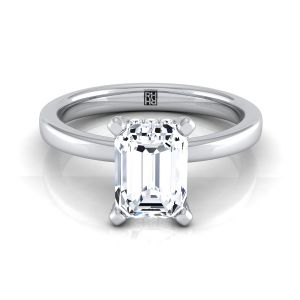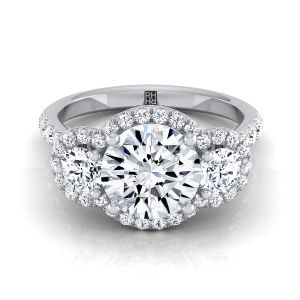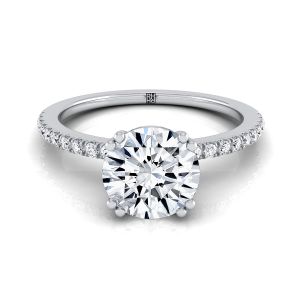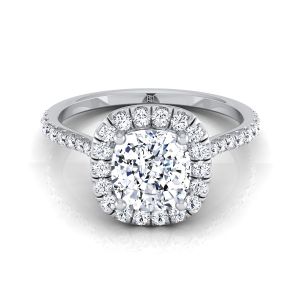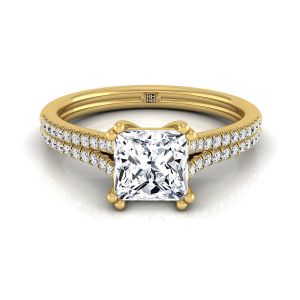
Graining is a natural phenomenon occurring in diamonds, such as the one in a
1.4 carat round diamond ring. Most people do not know what it is all about, so we have compiled a list of differences between the two types: surface and internal graining.
Internal Graining
Reflective internal graining happens when there are dislocations at a grain boundary’s edge. There is something called a slip plane, along which these edge dislocations can slip. When this happens a lot, parallel
‘slip bands’ are formed.
Whitish internal graining happens when refractive index of the diamond is changed by defects in the crystal structure. The diamond crispness is affected this way. Sometimes even minute cloud inclusions can be considered as internal graining.
 Surface Graining
Surface Graining
This is a confusing term, mainly because it is not readily clear if the graining is internal or external. What it actually stands to mean is that the effect of the graining happens very close to the surface of the stone, and this can be either internal or external.
Sometimes, when reflective internal graining happens near the diamond’s surface, so close that it cannot be seen as internal graining, and can only be visualized with a glare, then it is considered as surface graining.
 Graining is a natural phenomenon occurring in diamonds, such as the one in a 1.4 carat round diamond ring. Most people do not know what it is all about, so we have compiled a list of differences between the two types: surface and internal graining.
Internal Graining
Graining is a natural phenomenon occurring in diamonds, such as the one in a 1.4 carat round diamond ring. Most people do not know what it is all about, so we have compiled a list of differences between the two types: surface and internal graining.
Internal Graining Reflective internal graining happens when there are dislocations at a grain boundary’s edge. There is something called a slip plane, along which these edge dislocations can slip. When this happens a lot, parallel ‘slip bands’ are formed.
Whitish internal graining happens when refractive index of the diamond is changed by defects in the crystal structure. The diamond crispness is affected this way. Sometimes even minute cloud inclusions can be considered as internal graining.
Reflective internal graining happens when there are dislocations at a grain boundary’s edge. There is something called a slip plane, along which these edge dislocations can slip. When this happens a lot, parallel ‘slip bands’ are formed.
Whitish internal graining happens when refractive index of the diamond is changed by defects in the crystal structure. The diamond crispness is affected this way. Sometimes even minute cloud inclusions can be considered as internal graining.
 Surface Graining
This is a confusing term, mainly because it is not readily clear if the graining is internal or external. What it actually stands to mean is that the effect of the graining happens very close to the surface of the stone, and this can be either internal or external.
Sometimes, when reflective internal graining happens near the diamond’s surface, so close that it cannot be seen as internal graining, and can only be visualized with a glare, then it is considered as surface graining.
Surface Graining
This is a confusing term, mainly because it is not readily clear if the graining is internal or external. What it actually stands to mean is that the effect of the graining happens very close to the surface of the stone, and this can be either internal or external.
Sometimes, when reflective internal graining happens near the diamond’s surface, so close that it cannot be seen as internal graining, and can only be visualized with a glare, then it is considered as surface graining.









